Health IS Wealth
How the latest findings about four pillars of health—the gut, brain, sleep and movement—
can boost wellness in Hawai‘i.
By Diane Seo, Katrina Valcourt and Mary Vorsino
Illustrations and animations by James Nakamura
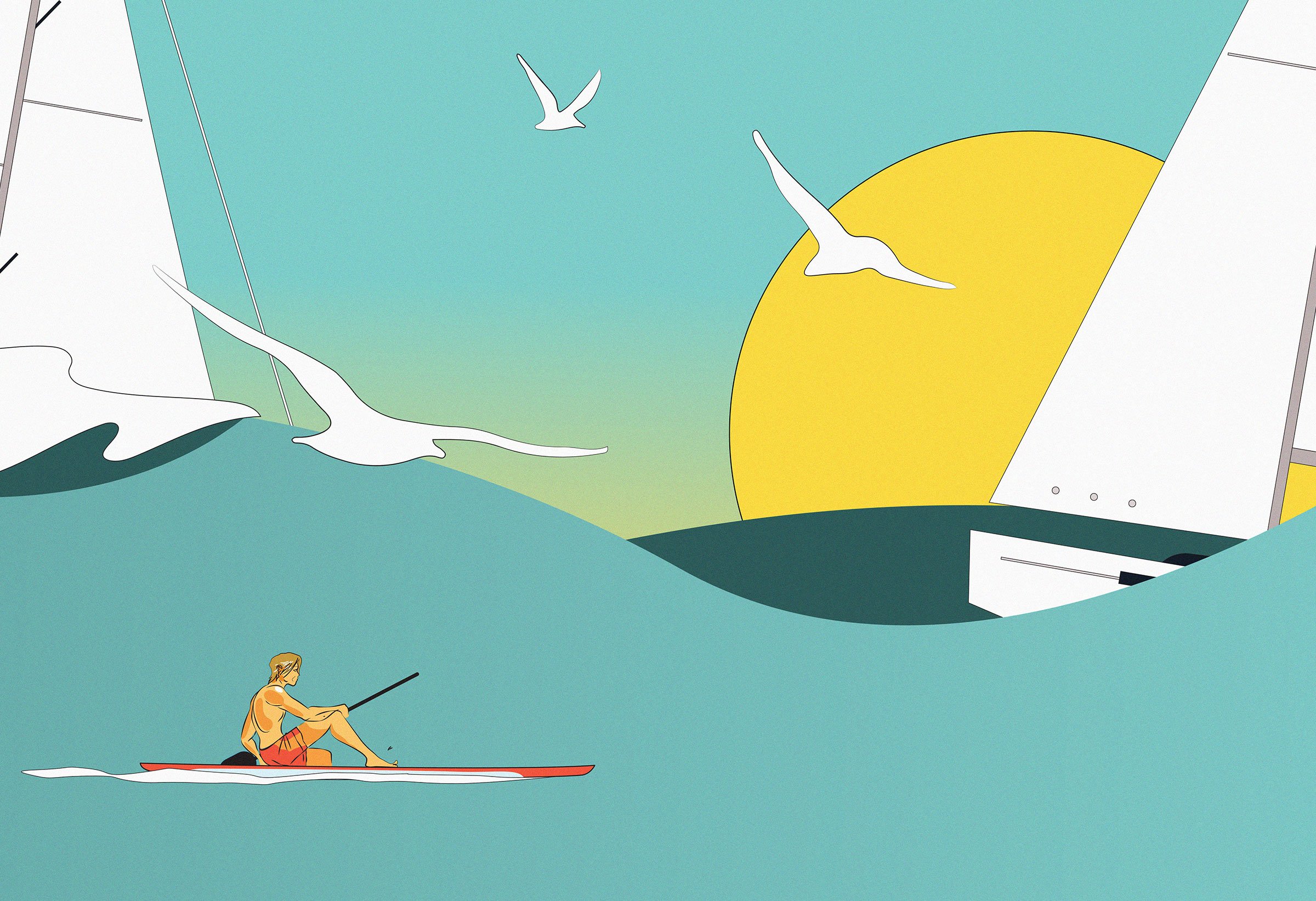
It’s hard to find anyone who doesn’t want to be healthier. While we aim for it in different ways, and to different degrees, wellness is clearly a desired outcome in Hawai‘i and beyond. Ask anyone young or old whether they’re actively doing things to be healthier, and you’re likely to see how universal the prioritization of it has become.
Wellness isn’t just a buzzword. While by some measures Hawai‘i is deemed among the healthiest states in the country, that distinction has not shielded us from countless issues that jeopardize it. We have higher than average incidences of some diseases, especially among certain populations. And while it may be easy to take health for granted when you’re well, you recognize the magnitude of what’s at stake as soon as it’s threatened. More than ever, we’re learning it’s critical to take care of ourselves with both medical guidance and on our own, from how we move and sleep to how we support our brains and microbiome.
The latest findings give us hope. After talking with local doctors, specialists and those on personal wellness journeys, we’ve discovered that significant research continues to take place to better address some of our most concerning health issues, reduce the risk of illness and improve our overall quality of life.
The Four Pillars of Health
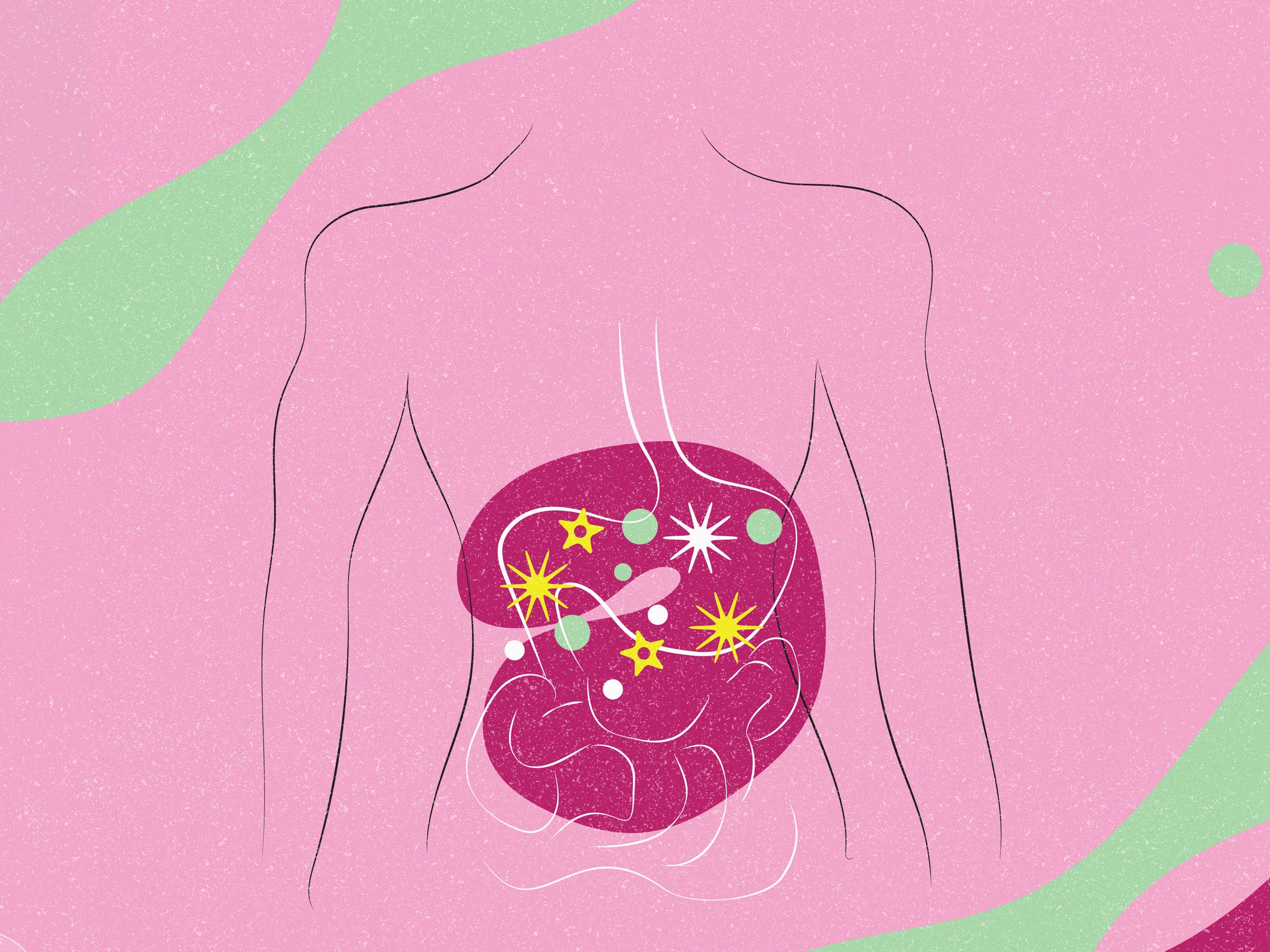

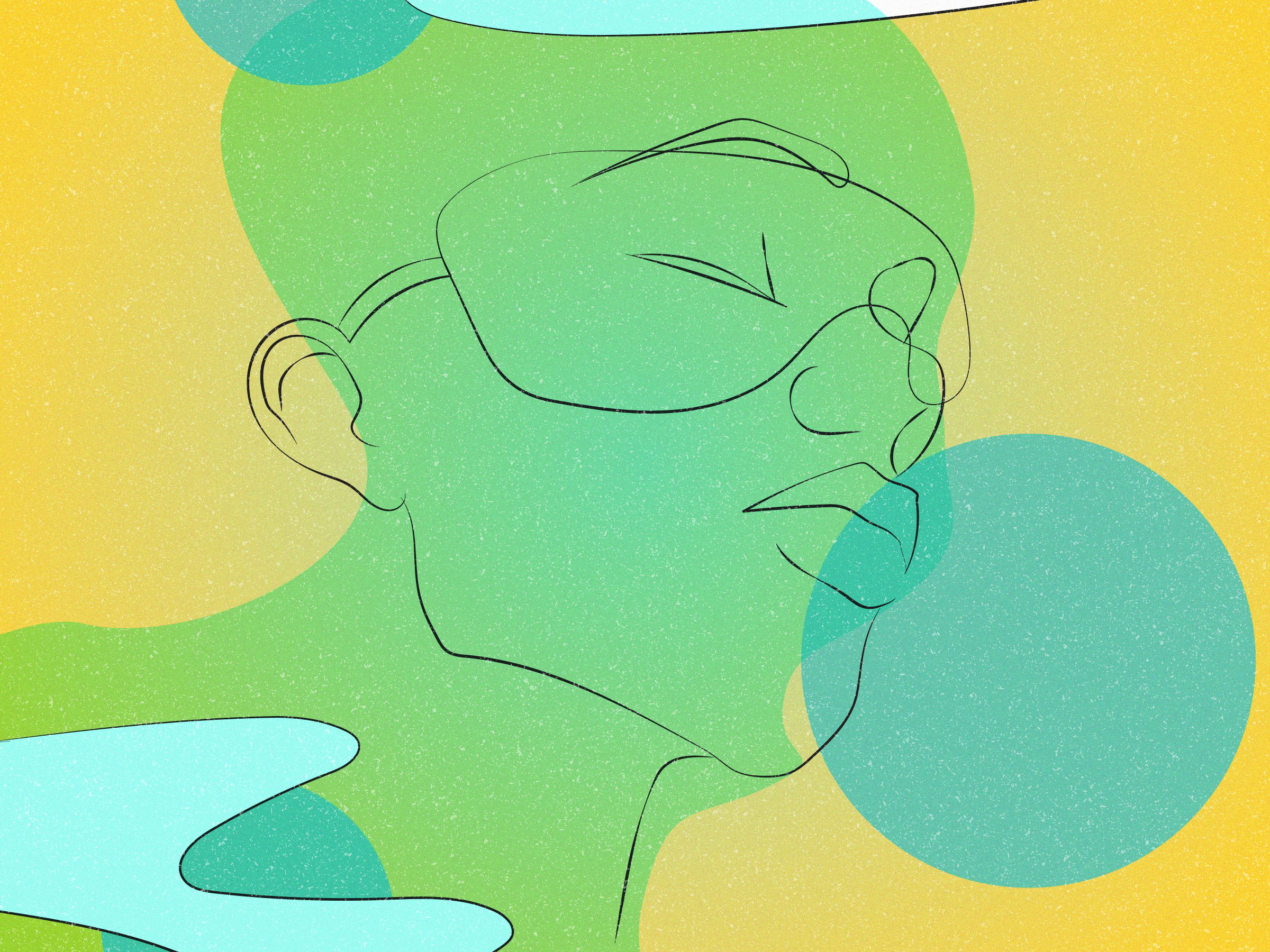
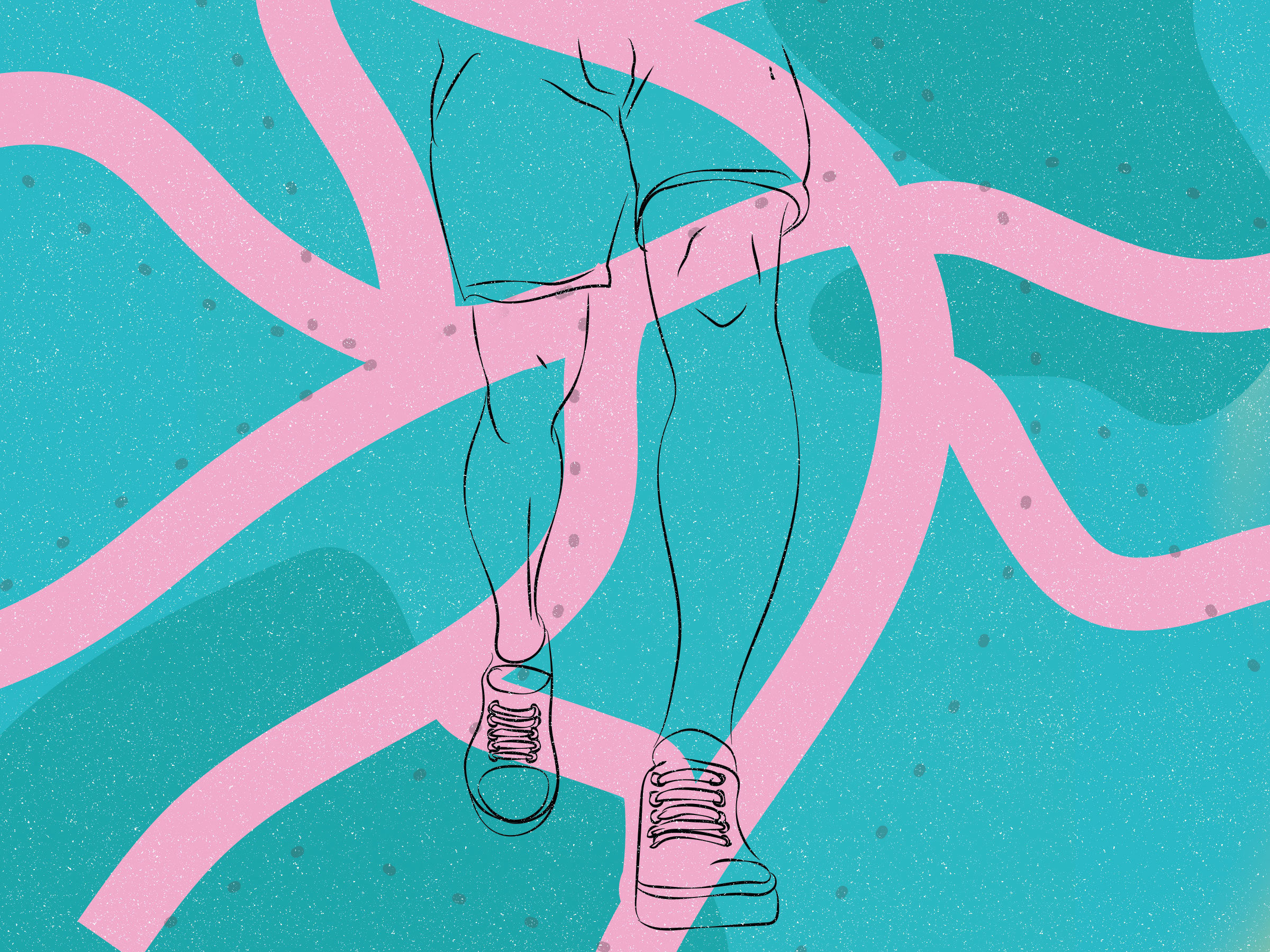
1
The Marvelous Microbiome
By Diane Seo
2
No Brainer
By Mary Vorsino
3
Sleep On It
By Diane Seo
4
One Step at a Time
By Katrina Valcourt
Personal Stories
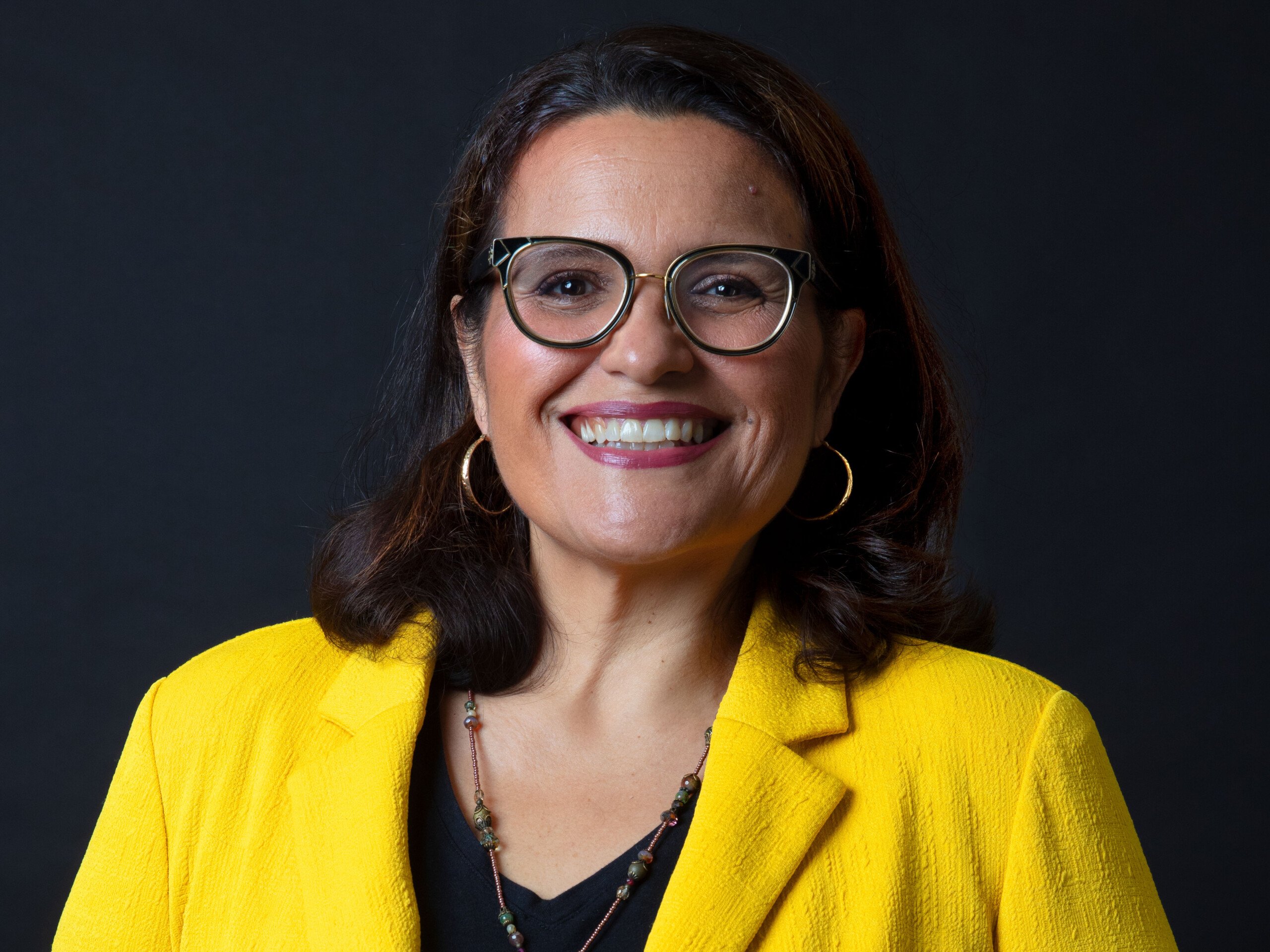
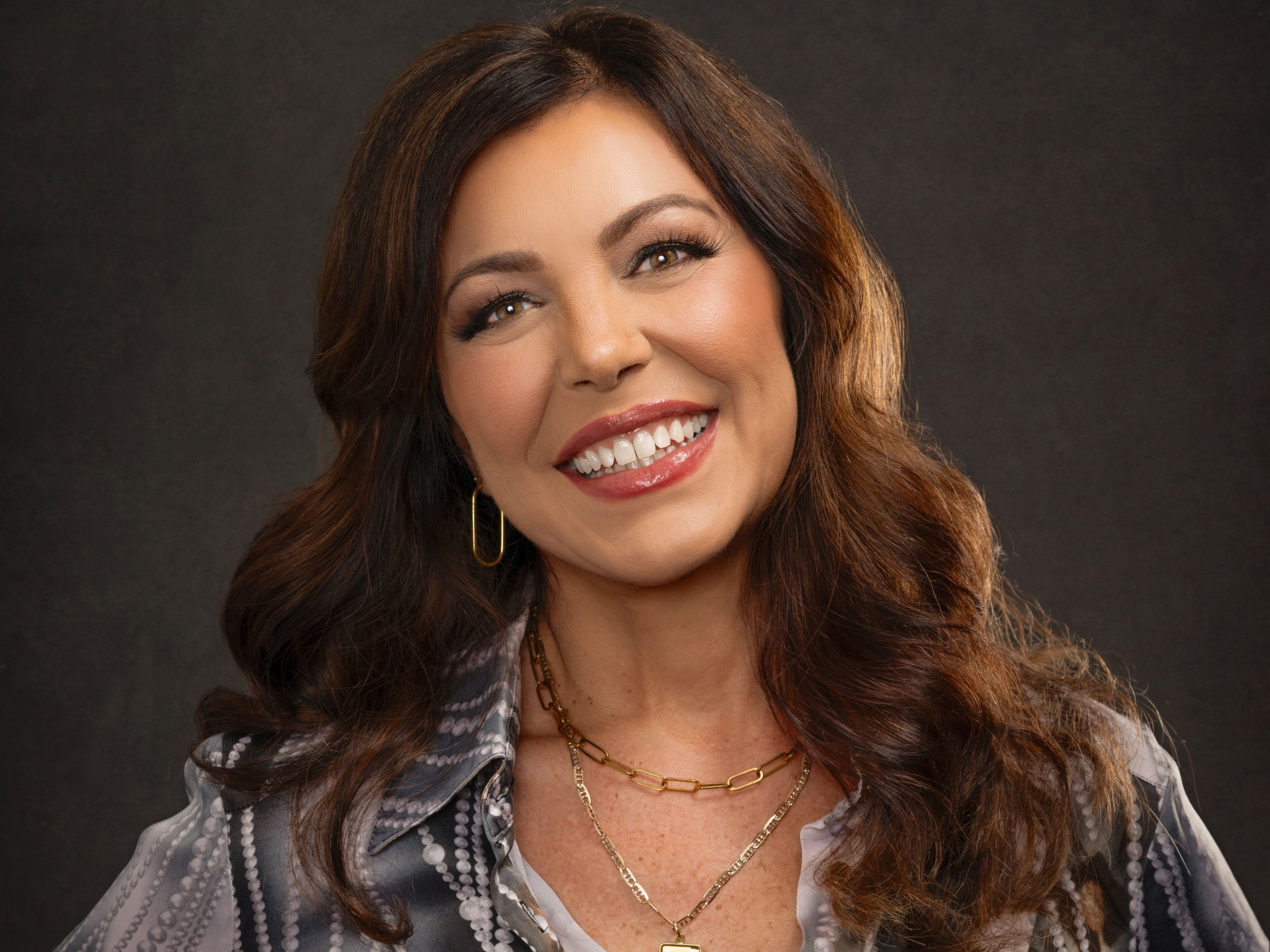
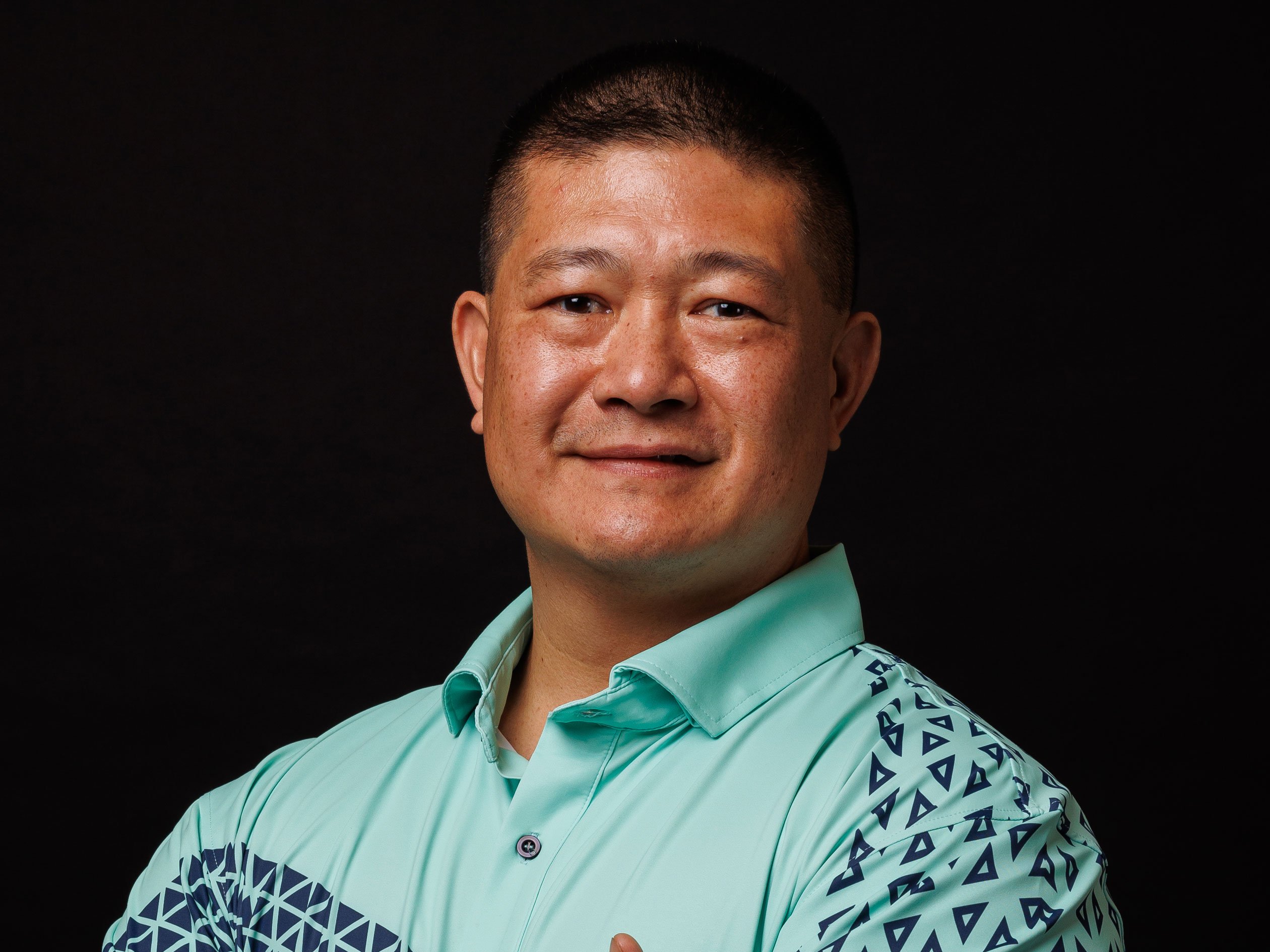
Poni Askew: Gut Instincts
By Diane Seo
Angela Keen: A Reset and Resync
By Mary Vorsino
Cory Kubota: A Turnaround
By Katrina Valcourt
Here’s to Our Health
How this issue’s cover stories came about.
By Diane Seo
I’m a regular reader of The New York Times and The Washington Post, and it’s clear health is a hot topic, a primary pillar of their coverage. While the Times has “Well,” the Post offers an equally robust “Well+Being” section, both of which are updated daily with new stories. It’s normal to see this content high on their homepages, especially when it involves a big health finding, but sometimes even quirky pieces get prominent billing. (“How Healthy Are Apples?” for instance, recently made the top of the Times’ homepage.)
I personally gravitate to this coverage, lured to learn of the latest medical discoveries or to gain practical advice about how to be healthier. I’m certainly not alone. As a curious editor, I follow The New York Times’ rankings of most-read and emailed pieces, revealing the day’s most popular stories; those rankings routinely include health-related articles.
Perhaps COVID-19 spiked interest in medical matters, as the world continues to try to dodge the latest coronavirus variant. Or maybe it became trendy with the deluge of wellness Instagram, TikTok and YouTube influencers. Even some of the country’s top doctors have gotten in on it, posting IGs like @drjeremylondon’s “what does a heart surgeon buy from the grocery store,” which drew thousands of likes. For whatever reason, people now are eager to know everything from how to stave off dementia to the best fitness routines for those who hate exercising.
This was partly the inspiration for this issue’s “Health Is Wealth” cover feature. It makes sense for HONOLULU, a city magazine, to provide people in Hawai‘i insights on how to be healthy. Our stories delve into medical discoveries and how they are impacting us locally. We are, after all, considered to be among the fittest states in the country; by some measures, we are the fittest.
It’s difficult to find people here who don’t care about their fitness. Take a drive any Sunday morning along Diamond Head Road, and you’ll see hundreds, maybe thousands, of runners, bikers, walkers and surfers doing their thing. Meanwhile, thousands of other residents are playing pickleball, hiking, swimming, and going to yoga, the gym and CrossFit.
Many of us know that without health, our quality of life diminishes exponentially. And as we get older, we have to work harder to maintain that health. Although some may disagree, wellness does overshadow wealth in the long run. I’ve personally made health one of my top life priorities. By being well, I can take care of the people in my life, do my job, enjoy myself, so many things.
It’s not always easy. While I’ve been athletic and active my entire life, I wasn’t a conscientious eater until I reached my mid-50s. I love fries, chips, candy and more, but as I get older, my body increasingly rejects such indulgences. It became worrisome (bloating, indigestion, rising blood pressure), so I made radical changes in my diet. I wrote about my quest to heal my gut as part of a story on the gut microbiome.
The challenge in tackling such a broad topic as health is that there are literally thousands of things to cover. Because the Times and the Post provide daily health content, they can be very specific and micro on topics they explore.
For our part, in doing a cover feature, we decided to focus on four main pillars of health: the gut, brain, sleep and movement. There are so many new discoveries in these areas, and one thing national media aren’t doing is localizing their coverage for specific places like Hawai‘i. That’s our niche, to cover health and wellness with a local lens by interviewing our doctors, health practitioners and residents. By doing so, we can learn about how wellness is unfolding in Hawai‘i and of all the new offerings and specific issues we face.
Our overall goal with this issue is to help people here achieve a higher state of wellness. So, even if there’s just one takeaway for you from our stories, we hope it has a positive impact and that it contributes to a longer, healthier life.